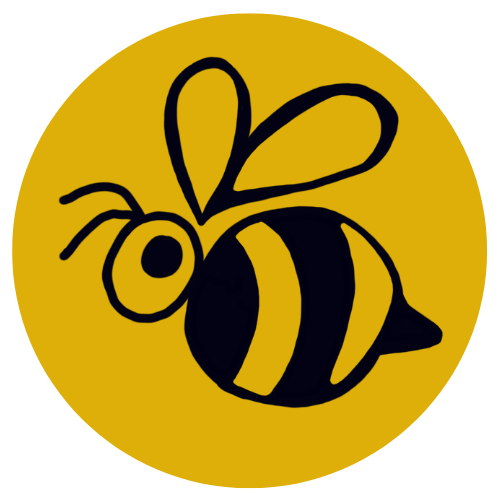Here are my answers to the reflection questions for module 6 lesson 2. If anyone has suggestions on good climate analysis tools please share!
How does knowledge of local ecosystems guide your design choices?
Understanding the local ecosystem is imperative to permaculture design. This knowledge will guide my design choices for selecting the most appropriate plants, animals, infrastructure and so on, for my site.
How does your design foster biodiversity and a resilient food web?
I can promote biodiversity in my design by taking advantage of ecotones and microclimates. Ecotones and microclimates are both excellent for biodiversity because they offer unique ecosystem/climate conditions for organisms that the overall ecosystem of a site wouldn’t necessarily favor. More microclimates and ecotones mean more niches are created that will need to be filled. The organisms that fill these niches will add to the biodiversity of the ecosystem, creating more relationships between organisms. More of these relationships creates a more diverse, resilient food web.
How will you gauge your design's impact on ecosystem health and diversity?
Observation and feedback loops are the tools I would use to gauge the health and diversity of my designs. While observing, I’d ask myself questions like am I gaining or losing biodiversity overtime? Are the changes I am implementing filling niches and if not, what niches need filled?
How does understanding local climate influence design decisions?
Understanding local weather or climate can help me make informed decisions about resource management, regular maintenance, and plant selection. My climate is humid continental, and we experience 4 distinct seasons. During cold winters we will need resources to heat our home. My regular day to day maintenance will look very different in the spring as opposed to autumn. I will need to select plants hardy enough to survive the colder months here. These are just a few examples of how the local climate will influence my design choices.
How do you tackle climate challenges in your project, adjusting your design?
To prepare my sight for a lifetime of success, even in the face of changing climate, I must prioritize biodiversity, ensure that there are multiple organisms to fulfill each niche (in case one or more fails) and secure resources from different sources (to avoid being reliant on a single source).
How will you utilize microclimates within your project?
Microclimates are excellent for fostering organisms that wouldn’t otherwise thrive in the overall climate of a site. For example, I would like to build a greenhouse on the south facing side of the barn. Here the greenhouse will get plenty of sunlight directly, as well as the light reflecting off the barn. This will hopefully adequately heat the greenhouse through the cooler months, extending my growing season.
How does leveraging ecotones and microclimates enhance diversity?
I can promote biodiversity in my design by taking advantage of ecotones and microclimates. Ecotones and microclimates are both excellent for biodiversity because they offer unique ecosystem/climate conditions for organisms that the overall ecosystem of a site wouldn’t necessarily favor. For example, the ecotone that bridges our pond and the woods would be a great place to raise Muscovy ducks or to grow willow trees. The north-facing side of the barn(microclimate) receives almost no sun and creates a cool, moist environment that would make a great spot for a mushroom garden.
What innovative methods create beneficial microclimates in your design?
Building greenhouses or north facing walls are excellent from creating warm microclimates. Digging out swales and other bodies of water creates a moist microclimate in the areas within proximity. Shade cloth can be installed to create a cooler microclimate in the heat of summer.
Can you identify a species that perfectly fits your design? How does it contribute?
I would really like to add a small flock of Muscovy Ducks to my design. I have already observed ducks in the ponds, so I know the ecosystem is appropriate for them. Their run will connect with the food forest. They will act as natural pest control, and their manure will fertilize the plants. The ducks and their eggs will make a great food source as well.
What tools or resources will you use to aid climate analysis for your project?
The Climate zones and USDA hardiness zones are both excellent tools I intend to use for gauging local climate. Researching past local weather forecasts can also be utilized for climate analysis. Simply observing and taking notes from my site at different times of day/years is another helpful resource for climate analysis. There are multitudes of climate analysis tools online that I can utilize as well.


